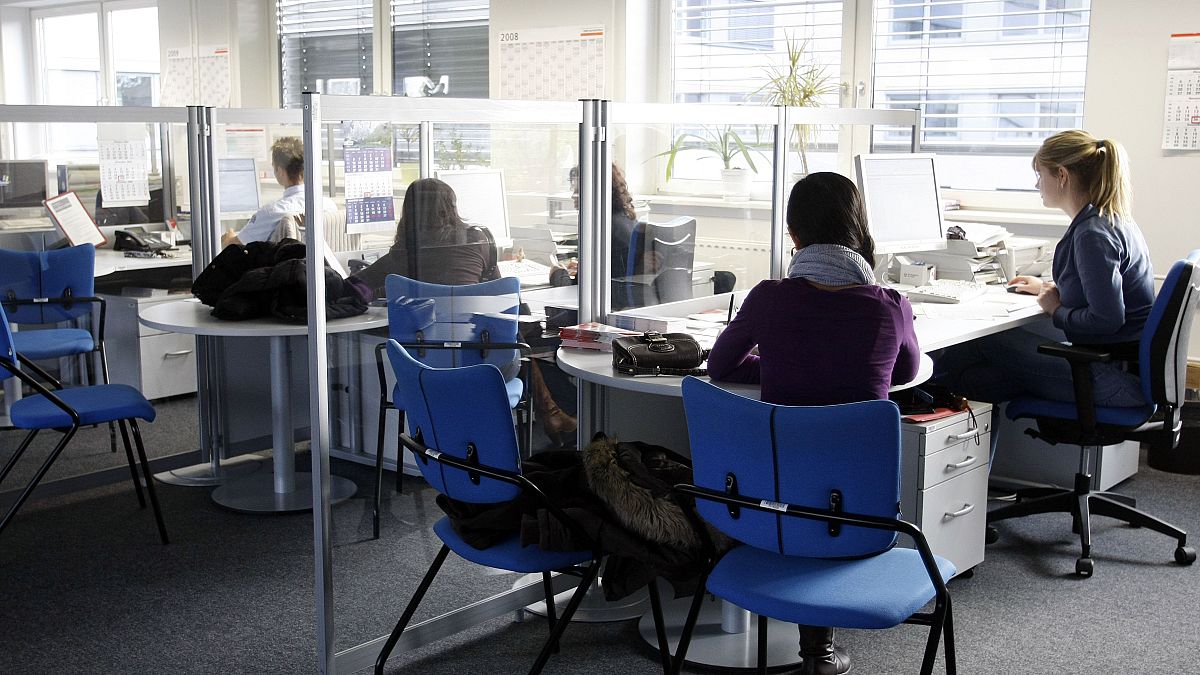Ample female business leaders, a slight gender pay gap and fair maternity policies makes Norway the best country in Europe for female workers, according to a new analysis.
PR company Reboot Online crunched the numbers from datasets of 32 European countries and found Norway is the best European country for females to work.
The Scandinavian country snagged the top spot based on data from the European Institute for Gender Quality (EIGC) and the World Economic Forum.
Criteria is based on each country’s amount of 16–65-year-old women employed, the quality of maternity leave, how many females are in positions of power, and other factors.
The ranking – Norway leads
Norway scored a 7.1 out of 10 in the analysis, trailed by Iceland (6.53), Finland (5.03) and the Netherlands (5.49). This is consistent with World Economic Forum research showing Northern European countries look after women’s’ careers.
However, Norway stands out from the crowd with “impressive representation” of females in leadership positions with demonstrative five-year growth, according to the analysis. This includes CEOs, executives, non-executives, presidents and board members of the largest listed companies in 2023.
According to the most up-to-date EIGC research, Norwegian men helmed 56% of senior leadership positions last year – but women occupied 43%. In total, women took out 81 of the top jobs, the EIGE states.
Organisation for Economic Co-operation and Development data also shows Norwegian women under the age of 65 made up well over half (58.7%) of the 2023 workforce. The country’s maternity policies are also favourable – with “high” duration of minimum maternity leave and percentage of income paid during that leave contributing to its success, Reboot Online states. Individual parents are offered 19 weeks of reserved leave with 80% of their wage paid.
Closing the pay gap
Another bright spot is Norway’s shrinking gender pay gap. Although no country has achieved full gender pay parity according to the World Economic Forum’s 2023 Global Gender Gap Index report, Norway got close last year with 88%. It came second behind Iceland which closed 90% of its gender gap.
European Union institutions have also been busy with their own policy instruments, advocating for better conditions for female workers.
In 2020 the European Commission published its EU Gender Equality Strategy 2020-2025, which aims to end gender-based violence, close gender pay gaps, achieve equal participation across different sectors of the economy and more.
As a result of this push, in 2022 the European Parliament passed a law forcing large, listed companies in the EU to have a minimum of 40% of non-executive board members as women from mid-2026, with EU Member States passing their own respective legislation.
In 2023, the Pay Transparency Directive was also adopted, making it easier for workers to advocate for better pay in the workplace and courts. Despite the gains, the European Commission notes “there is still a long way to go”.

